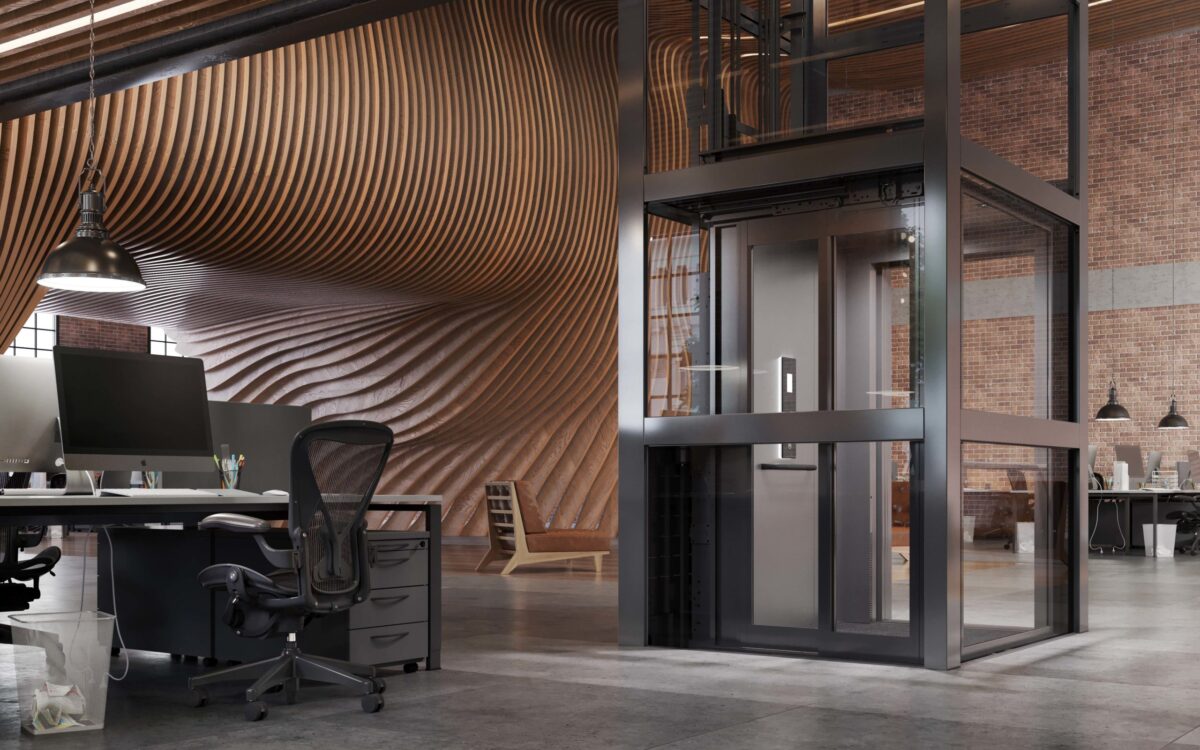
The Evolution of Elevator Technology: From Invention to Innovation
Elevators have long been the unsung heroes of modern architecture, silently carrying people and goods between floors while transforming the way we design and use buildings. At Stratolift, we take pride in our commitment to innovation in vertical transportation. In this article, we explore the evolution of elevator technology—from its humble beginnings to the cutting-edge smart systems of today—and reflect on how these developments continue to shape the future.
Introduction
The story of elevators is one of ingenuity and progress. From early manual hoists to fully automated, intelligent systems, elevator technology has evolved in parallel with human ambition and architectural marvels. As buildings reached ever greater heights, the need for reliable, efficient vertical transportation became paramount. Elevators are no longer a mere convenience; they are integral to the functionality, safety, and design of modern structures. At Stratolift, our legacy is built on a foundation of continuous innovation, aiming to improve the way people move in and around buildings.
Early Milestones
The journey began with the earliest forms of lifts, simple devices that used basic mechanical principles to lift loads. However, it was the pioneering work of Elisha Otis in the mid-19th century that truly changed the game. Otis introduced the safety brake—an invention that prevented elevators from free-falling, ensuring that passengers could travel safely. This breakthrough not only built public confidence in elevator travel but also paved the way for the construction of taller, more complex structures.
In the early years, elevators were predominantly manual and operated by skilled operators. These early systems faced numerous challenges, from limited speed and capacity to frequent breakdowns and safety concerns. Despite these obstacles, the persistent drive for improvement led to incremental innovations that laid the groundwork for modern elevator technology. As urban landscapes grew and architectural ambitions soared, these early milestones demonstrated that vertical transportation was both possible and essential.
Technological Advancements
As the industrial era advanced, so did elevator technology. The shift from purely mechanical systems to digital controls marked a significant turning point. Digital technology allowed for more precise control, improved safety mechanisms, and smoother rides. Early safety devices such as redundant braking systems, door interlocks, and emergency communication channels became standard, ensuring a much higher level of passenger security.
Automation further transformed elevator operations. With the introduction of computerized controls, elevators could be programmed for optimal efficiency, adapting to user demand and reducing waiting times. Predictive maintenance emerged as a revolutionary concept, utilizing sensors and data analytics to foresee potential issues before they resulted in costly downtime. This proactive approach not only increased reliability but also extended the lifespan of the equipment, a benefit that both building owners and service providers like Stratolift deeply appreciate.
SEO keywords such as “digital elevator controls,” “predictive maintenance,” and “elevator safety devices” have become synonymous with modern elevator technology, reflecting an industry that is as forward-thinking as it is historically grounded.
Modern Innovations
Today, we stand at the pinnacle of elevator innovation, where technology and design merge to create solutions that are both smart and sustainable. One of the most significant trends is the integration of the Internet of Things (IoT) into elevator systems. Smart elevators now feature real-time monitoring, remote diagnostics, and even adaptive algorithms that adjust performance based on usage patterns. These advancements not only enhance passenger experience but also ensure optimal energy use and operational efficiency.
Sustainability has become a core focus in modern elevator design. Energy-efficient systems, such as regenerative drives, capture and reuse energy generated during operation, significantly reducing the overall power consumption of a building. Eco-friendly materials and designs further support green building certifications, aligning with broader trends in environmental responsibility.
Luxury and customization are also redefining the vertical transportation landscape. Panoramic elevators, with their expansive glass walls, offer stunning views and a sense of openness that enhances the user experience. These elegant systems are not only functional but also serve as a statement of modern architectural design, where aesthetics and technology complement one another.
Stratolift remains at the forefront of these innovations, continually striving to integrate smart, sustainable, and beautifully designed elevator solutions that meet the evolving demands of today’s buildings and their occupants.
Conclusion
From the groundbreaking invention of the safety brake to the sophisticated, IoT-enabled systems of today, elevator technology has come a long way. Each phase of innovation has built upon the last, transforming elevators from simple lifts into essential components of modern architecture. At Stratolift, we recognize that every breakthrough in elevator technology not only improves vertical transportation but also enhances the overall quality of urban living. As we look to the future, we remain committed to driving further advancements, ensuring that our solutions continue to elevate both functionality and design.
Embrace the evolution—experience the future of vertical transportation with Stratolift.







